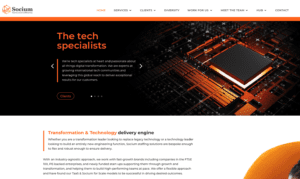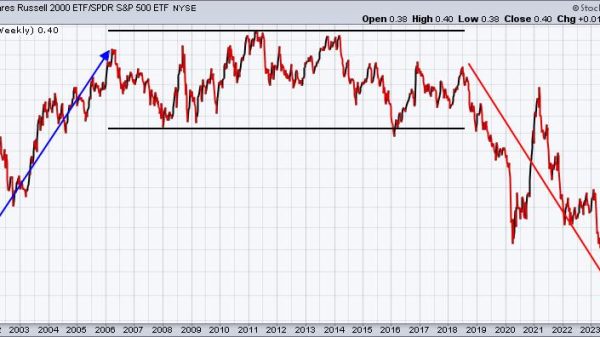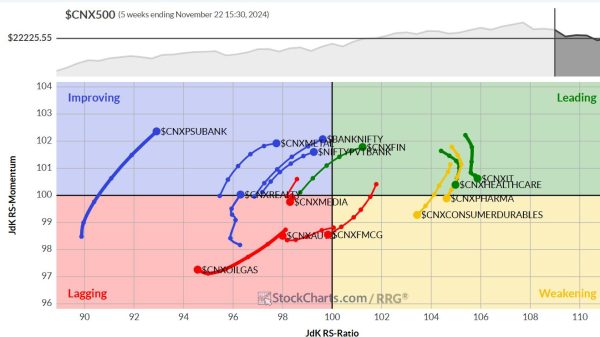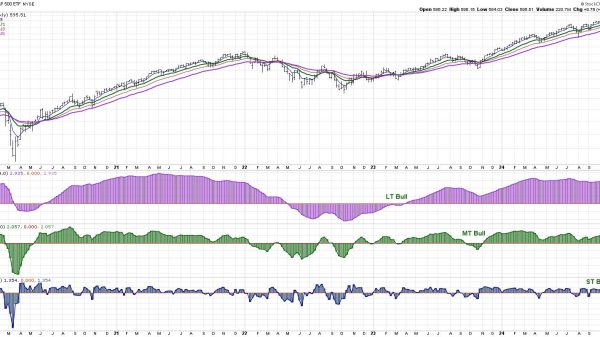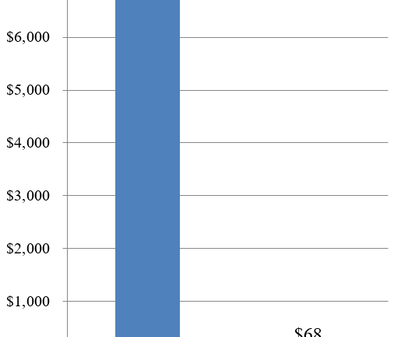Marc Joffe
The North Carolina Department of Transportation joined the high‐speed rail gravy train last week with the announcement of a $1.09 billion federal grant for the initial phases of a new line connecting Raleigh, NC, to Richmond, VA, known as R2R. The initial rail lines average about $70 million per mile and the entire project could hit $11 billion.
The grant covers construction south of the Virginia/North Carolina state line only. In fact, NCDOTs successful execution of the grant will only establish a passenger rail link between Raleigh and a new station in Wake Forest, which is about 18.7 miles away. According to a federal project profile (on page 10 of this document), the total cost of this initial project is expected to be $1.4 billion, including a state contribution. That works out to be over $70 million per mile (although the governor’s announcement indicates that some of the funds will be spent to prepare other sections of R2R for future construction). At that rate, building the full 162‐mile R2R line could cost $11 billion.
Compared to California High‐Speed Rail, this is a bargain.
In the Golden State, the 171‐mile Central Valley segment is expected to cost around $33 billion. The R2R initiative benefits from the fact that it is being built on an existing freight rail right‐of‐way owned by CSX and often called the S‑Line. California High‐Speed rail has required considerable land acquisition from farmers and businesses.
While more expensive, the California project promises higher speeds (assuming it is completed). California High‐Speed Rail is designed to top out at 220 mph compared to just 110 mph for the R2R project.
The slower speed means that the time‐saving benefits of the project are reduced. A 2015 Environmental Impact Statement (EIS) said that travel time between Richmond and Raleigh on the completed line would be 2:14. This is faster than 2:45 when travelling by car, but, in many cases, the time savings will be offset by time spent getting to and from each train station.
The modest time savings translates into modest ridership projections. The EIS forecasted 1.1 million additional annual riders when the full system is completed, and that may be optimistic given the reduction in rail ridership that occurred during the COVID-19 pandemic. Total Amtrak ridership in federal fiscal year 2023 was still 13.6 percent below FFY 2019 levels.
A final concern with the project relates to construction time. The federal summary for the Wake Forest portion of the project gives a 2033 completion date, but that will leave many more segments to build. It is possible to build multiple segments concurrently, but to do this, North Carolina and Virginia will require additional federal grants in the next few years. With dozens of other intercity rail projects across the county in the pipeline that may not be possible.
R2R is far from the worst project the Federal Rail Administration could be funding (that distinction continues to belong to California High‐Speed Rail). But given the long construction time, modest travel benefits, and limited projected ridership, R2R does not appear to be an effective use of taxpayer money.




